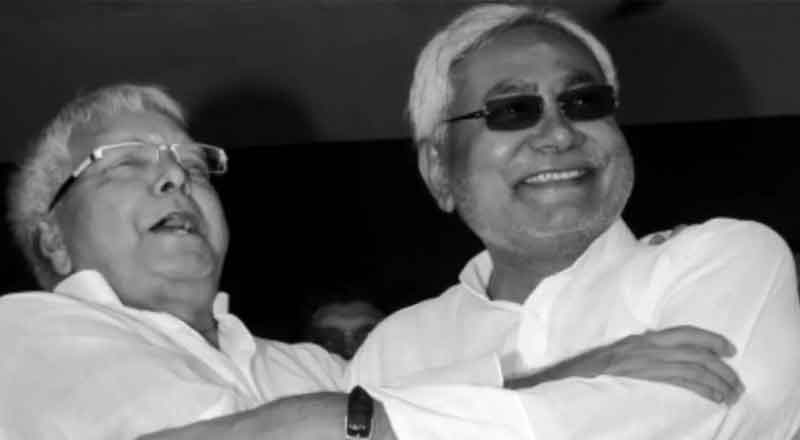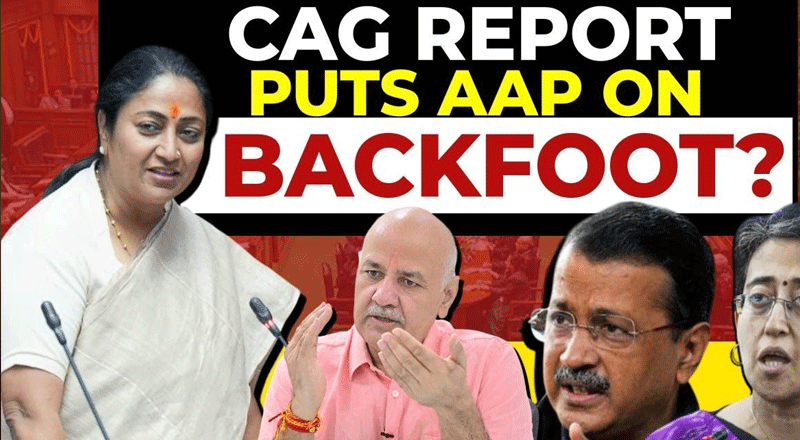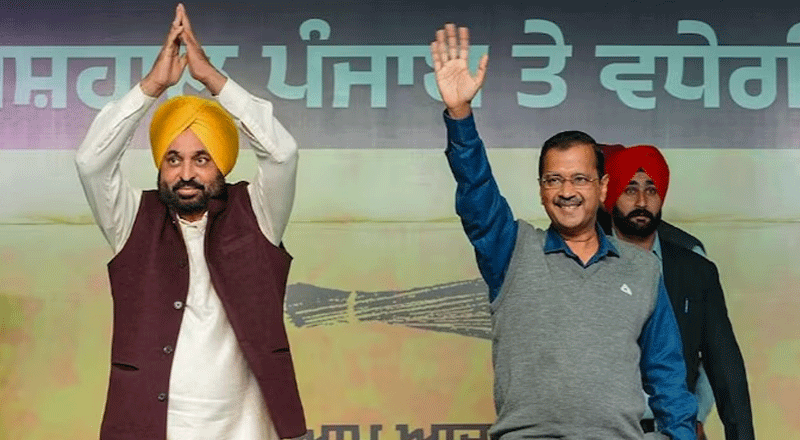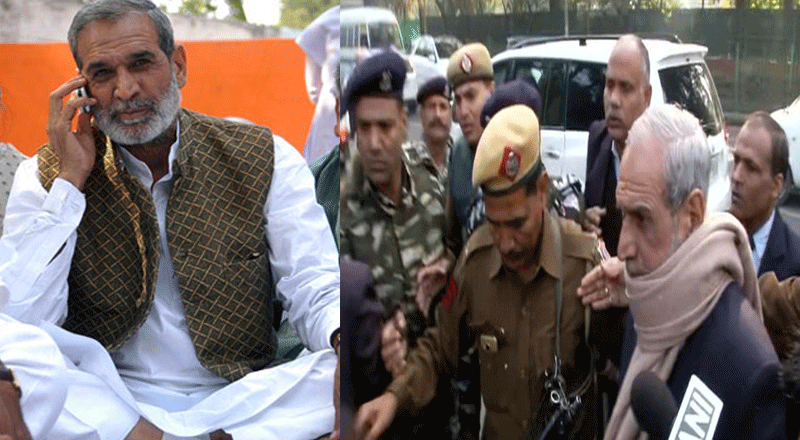On January 28, 2024, Janata Dal (United) President Nitish Kumar walked to the BJP-led NDA and took oath as the Chief Minister of Bihar for the 9th time. After switching camps, Kumar said there was “no question” of him going anywhere else after this — this was his fourth such switch between alliances in just over a decade.
Born in Bakhtiyarpur in Patna in 1951, Nitish Kumar became part of a generation of student activists especially at a time when the Jayaprakash Narayan movement (1974-75) against Indira Gandhi and the Emergency was gaining momentum. Over the course of his politics, on one hand he has been referred to as ‘sushasan babu’ – one who brought about change in governance and on the other, he is also known as ‘paltu Kumar’ – one who is known to switch his political camps frequently.
Political career
Nitish Kumar’s first electoral success came in the 1985 assembly elections which the Congress swept though. He managed to win the Harnaut seat for Lok Dal. Five years later, he moved to Delhi as an MP from the now-abolished seat of Barh.
In the first few years of his political career, Nitish remained in Lalu Prasad’s shadow, who was then the chief minister of Bihar. He played the role of advisor to Prasad by helping him with administrative and political decisions.
However, when the Mandal wave was at its peak in 1995, Nitish Kumar parted ways with Prasad and sided with former Minister of Defence George Fernandes to form the Samata Party, which later morphed into the JD(U). However, Kumar’s maiden political foray with the Samata Party in 1994 saw him winning just seven of the 324 seats in the assembly of pre-bifurcated Bihar. The party then forged an alliance with the BJP and won six and 12 seats in 1998 and 1999, respectively, in the Lok Sabha.
After he was made chief minister in 2005 for the first time, Nitish introduced measures like free bicycles and uniforms for school-going girls, a 50 per cent quota for women in municipal and panchayat bodies, and the most remembered of all – creation of sub-quotas among backward classes and Dalits, called Extremely Backward Classes (EBCs), and providing them with affirmative action. All in all, the EBCs went with Nitish Kumar and the upper castes formed a huge chunk of BJP’s vote bank, thus making the BJP-JD(U) a strong alliance in the state.
However, Nitish Kumar’s first flip-flop came in 2013 when he ended the 17-year-old alliance of BJP and JD(U) after he disapproved of the party’s Prime Ministerial candidate for the 2014 Lok Sabha elections, Narendra Modi.
After he parted ways with the BJP, his political career has been described as one of survival and not governance. Journalist Sankarshan Thakur writes in his book ‘The Brothers Bihari’: “Since severing ties with the BJP on the Modi question in the summer of 2013, he appeared to have lost both focus and momentum as chief minister; his concern, suddenly, was not governance but survival. Under attack from his ally of nearly two decades, he moved to shore up his defences. Administration took a back seat, political manoeuvring gobbled up his attention.”
Flip-flops
“The name of Nitish Kumar deserves to enter the Guinness Book of Records for the number of times he has aligned, dumped and realigned with the BJP”, was a tongue-in-cheek remark by Congress MLA from Bhagalpur Ajeet Sharma.
After his breakup with BJP in 2013, Kumar still stayed in power as the JD(U) formed government with support from parties like Congress and CPI, besides a disgruntled faction of the RJD. A year later, though, he stepped down taking moral responsibility for the JD(U)’s drubbing in Lok Sabha elections.
In less than a year, he was back as Chief Minister, armed with ample support from the RJD and the Congress. The Grand Alliance or Mahagathbandhan that came into being with JD(U), Congress and RJD coming together, swept the 2015 assembly polls but fell apart in just two years. Kumar returned to the NDA in 2017, after corruption allegations surfaced against his then deputy Tejashwi Yadav.
Five years later, blaming BJP for the JD(U)’s debacle in the assembly polls of 2020, when Chirag Paswan fielded many BJP rebels on tickets of his Lok Janshakti Party, Nitish Kumar left the NDA again. By August 2022, he was back in the Mahagathbandhan or Grand Alliance, which now also included three Left parties.
In the latter part of 2023, Kumar took the lead in bringing together all political outfits opposed to the BJP, hoping for a Janata Party-like formation, to take on the Modi regime in 2024 Lok Sabha elections. As the host of the first meeting of such like-minded parties held in Patna last year, he was widely regarded as the architect of the opposition front called INDIA. His government also recently hiked the quotas for all the deprived classes after publishing the data from the state’s caste census, a move he had hoped would give a boost to his party and also inspire parties in other states, which had joined him to form the oppositio





